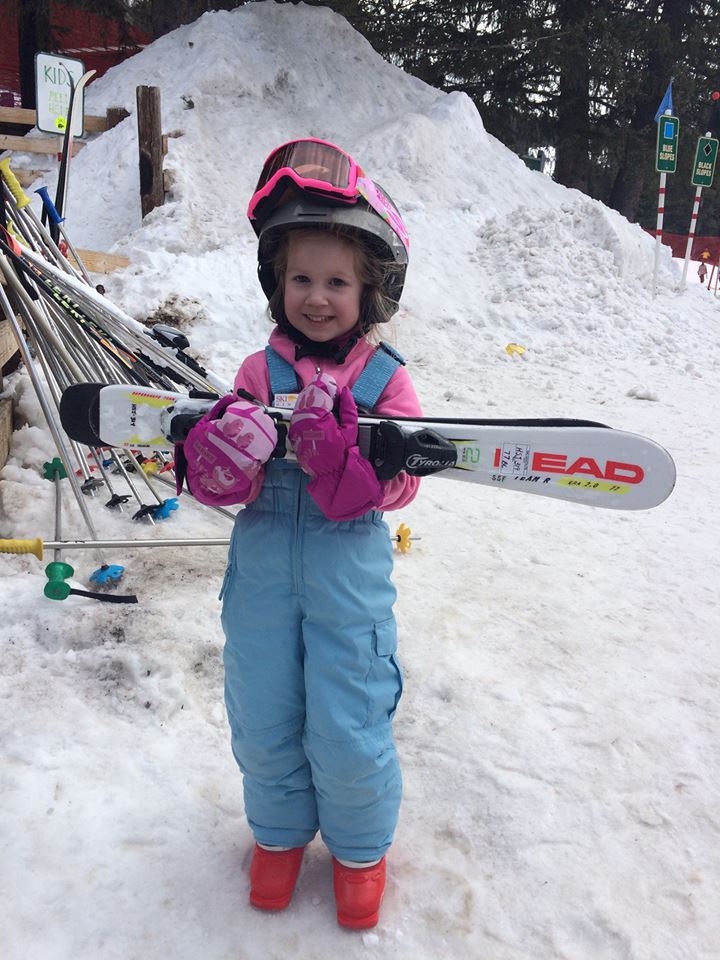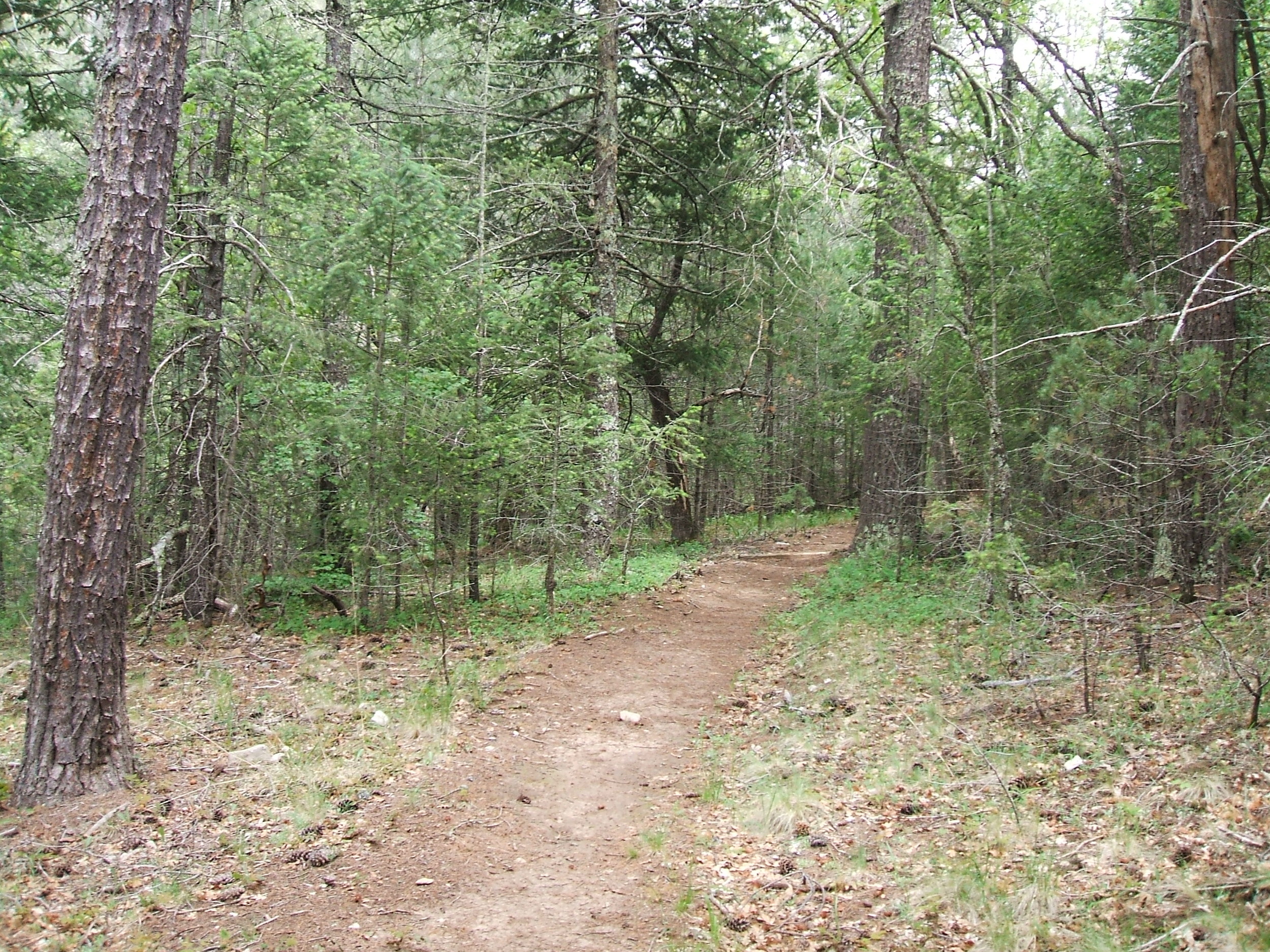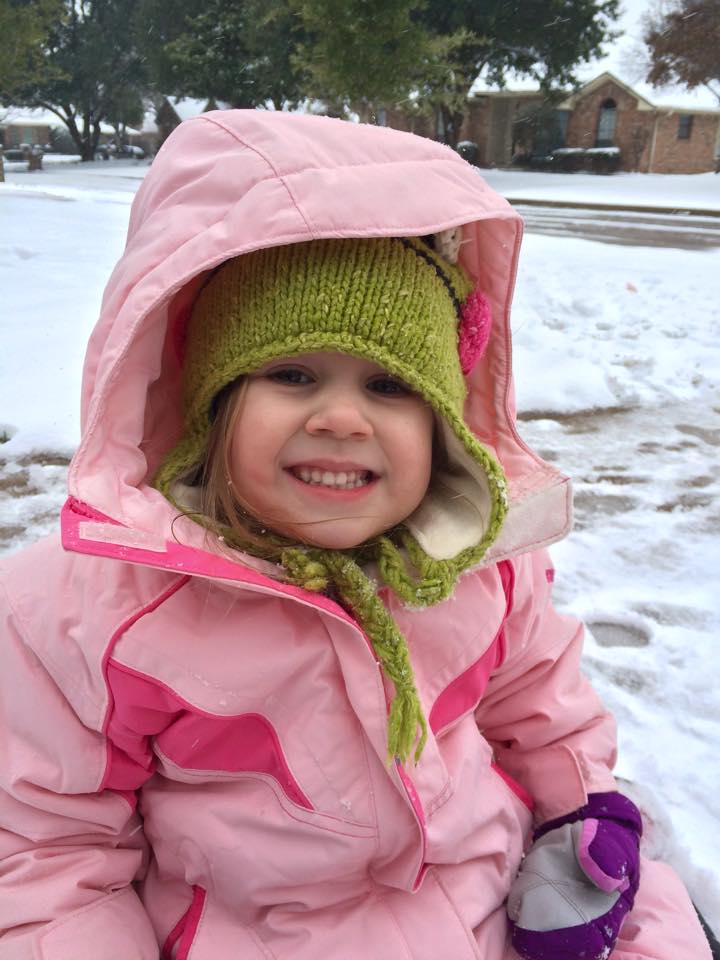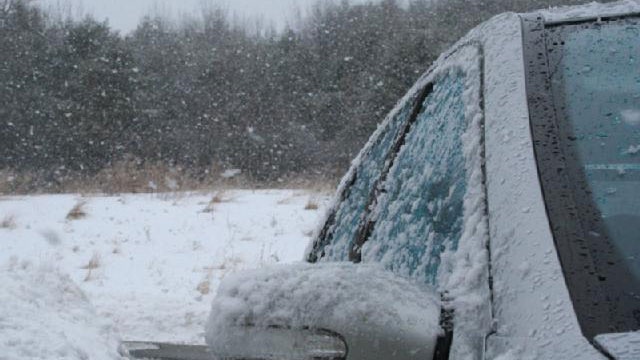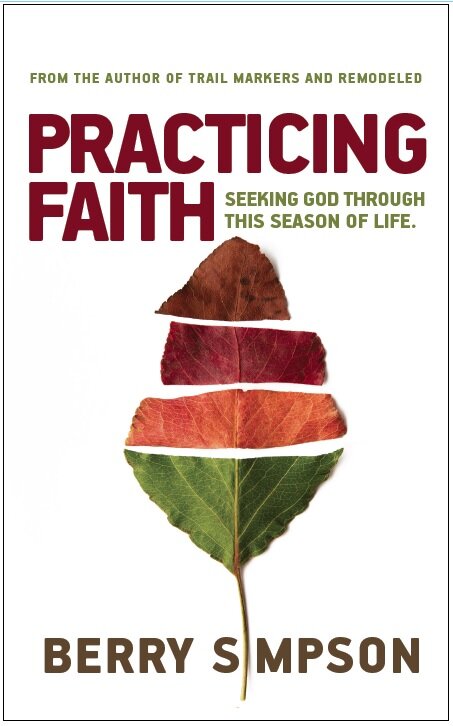A High Tolerance
/“The good news is, you obviously have a high tolerance for pain,” said the orthopedic surgeon last Friday. I was happy he said it in front of my wife, Cyndi; anything that makes me look strong and manly in her eyes is a winner. He said it while analyzing my X-rays and calculating the angles of displacement in my knees. “The bad news is, also, that you have a high tolerance for pain. You’ve let this go on long enough.”
“Your left knee needs replacing; your right knee needed replacing now, as soon as possible, before the angle worsens and the ligament is stretched beyond easy repair.”
It’s comforting, actually, to get an authentic diagnosis from a professional based on real data, even when the result is surgery. It answers the questions in my head: Am I making this up? Do everyone’s knees feel like this and I’m just being a wuss about it?
The doctor gave his practiced speech with all the reasons why I should consider total knee replacement until he figured out I was already on board. In fact, I wouldn’t have been in his office if I hadn’t already committed to that plan. My worst case scenario heading into Friday was that he would send me home to come back next year.
We set an appointment for right knee replacement on June 24, and left knee replacement on July 22. Before then I have to see a physical therapist for a couple of times, and also get a CT scan so they can build a custom 3-D printed knee. How cool is that!
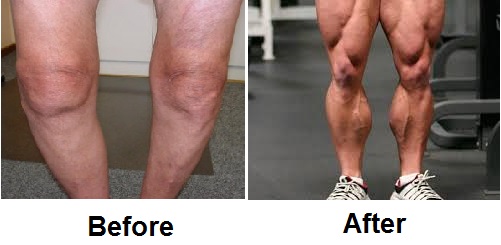 Needless to say, I won’t be riding the MS150 this summer. I don’t know about cycling in Ft. Davis for Cyclefest. I have no idea how quickly I can be back on my bike or putting in real miles.
Needless to say, I won’t be riding the MS150 this summer. I don’t know about cycling in Ft. Davis for Cyclefest. I have no idea how quickly I can be back on my bike or putting in real miles.
However, don’t take that as a complaint. I’m ready for this next phase of life (knowing full well none of us are ever as ready as we think). I’m ready to discard what isn’t working and replace with something new. Living life means constantly shedding what we don’t need and accumulating what’s next. We learn new things and unlearn old things, embrace ideas for the future and shed artifacts from the past. We are constantly churning, usually ideas and practices, but occasionally body parts.
Here’s the thing: What haunted me after the doctor visit actually had nothing to do with knees. I wondered how often my “high tolerance for pain” caused problems. Maybe when I pretend to be tolerating pain I am simply avoiding confrontation, or glossing over serious problems. How often do I wait too long to fix something, hoping it will get better on its own?
There is more to tolerating than I first thought. At least I’ll have several weeks of recovering from surgery to think more about it.
“I run in the path of Your commands, for You have set my heart free.” Psalm 119:32
I need your help. If you enjoyed reading this, please share with your friends. You can find more of my writing on my weekly blog, read insights on Tumblr, and follow me on Twitter and Facebook.



